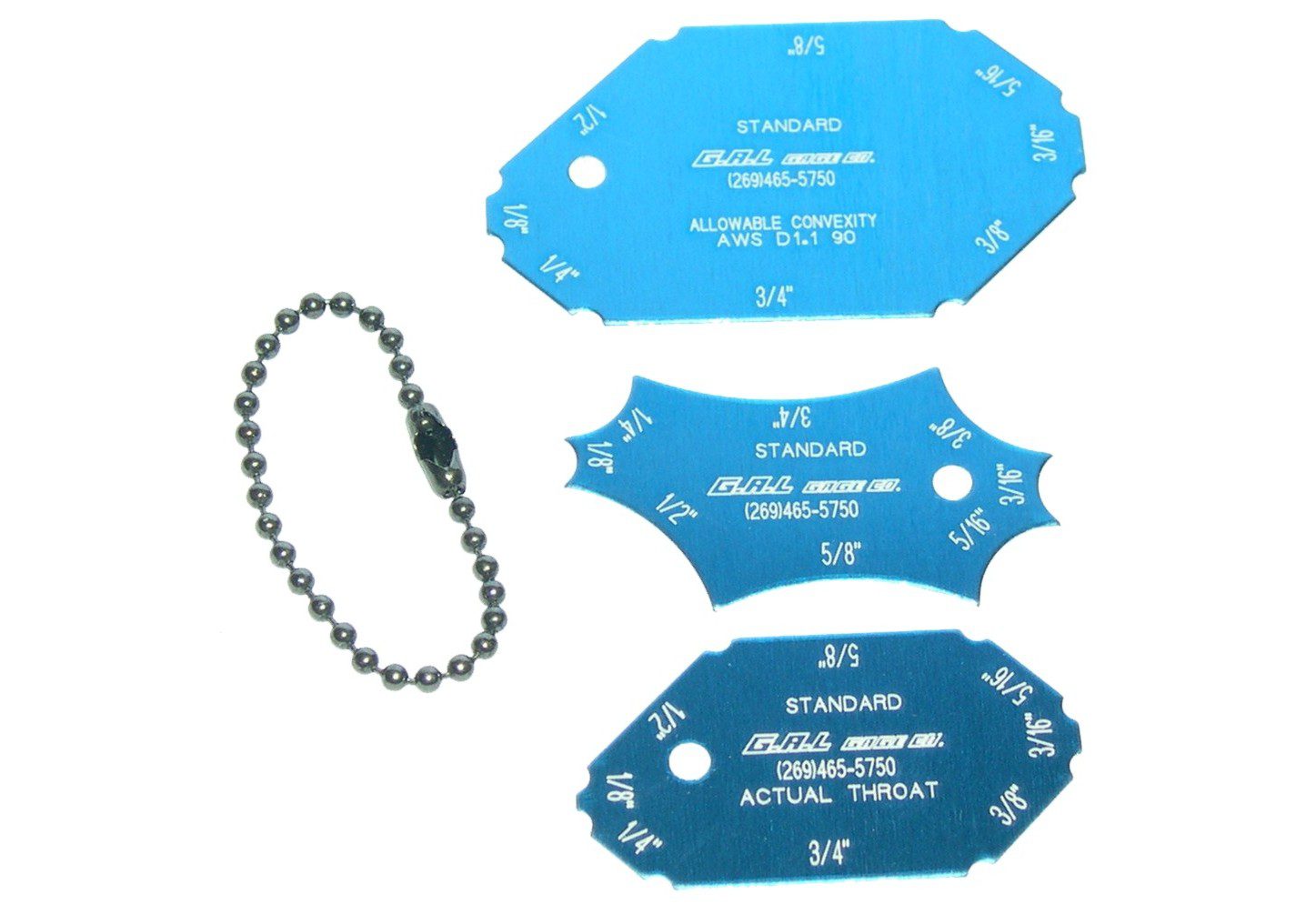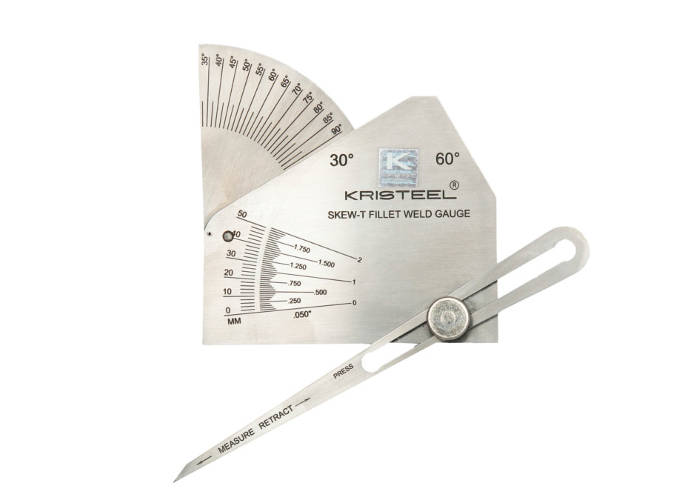Gauge Fillet Weld Basics: Ideal Practices and Common Mistakes
Gauge Fillet Weld Basics: Ideal Practices and Common Mistakes
Blog Article
Ingenious Techniques to Fillet Weld Assessment and Testing: Enhancing Weld Quality and Conformity Standards
In the realm of welding, the top quality and stability of fillet welds play an essential role in guaranteeing the structural soundness and reliability of numerous commercial elements. With the consistent drive for improved performance and conformity with stringent criteria, the exploration of cutting-edge techniques to fillet weld assessment and testing has come to be imperative.
Advanced Non-Destructive Testing Techniques
Using cutting edge technologies, progressed non-destructive testing approaches play a crucial duty in ensuring the integrity and quality of fillet welds. These techniques, such as phased array ultrasonic testing (PAUT) and magnetic bit testing (MPT), deal comprehensive insights right into the weld's interior framework without causing any type of damage to the product. PAUT, for circumstances, makes use of numerous ultrasonic elements to check the weld from numerous angles, providing a comprehensive visualization of potential defects like absence of fusion or splits.
By using these sophisticated non-destructive screening strategies, weld assessors can properly assess the quality of fillet welds, making sure conformity with industry criteria and laws. The capability to spot imperfections early on not just boosts weld top quality yet also protects against costly rework or failures in structural honesty, underlining the significance of these innovative testing methods in welding assessments.
Robotics and Automation in Inspection

The integration of robotics and automation has transformed the assessment procedure for fillet welds, boosting performance and precision in high quality evaluation. Robotics provide exact control and repeatability in evaluating welds, ensuring constant and dependable outcomes. Automated systems can be programmed to adhere to particular examination courses, making sure extensive coverage of welds and minimizing the threat of human error.
Robotic examination systems equipped with sophisticated sensing units can identify and measure weld functions with high accuracy, providing thorough data for analysis. These systems can determine defects such as cracks, lack of combination, and porosity, making it possible for prompt corrective actions to be taken. Additionally, robotics and automation enable real-time data collection and analysis, offering instant comments to operators and promoting fast decision-making procedures.
Furthermore, the use of robotics and automation in fillet weld examination improves overall productivity by reducing inspection times and enhancing evaluation throughput. By improving the evaluation process, producers can guarantee weld high quality and compliance standards are met successfully, inevitably leading to set you back financial savings and boosted product quality.
Utilizing Expert System for Evaluation
Expert system plays a critical role in enhancing the performance and precision of analysis in fillet weld examination procedures. By taking advantage of the power of AI, examiners can streamline the evaluation of weld top quality and compliance standards, leading to extra specific and trusted results. AI algorithms can quickly process substantial amounts of data from weld examinations, finding problems or inconsistencies that might be challenging to understand the naked eye. This advanced innovation enables real-time surveillance of weld quality, enabling instant restorative activities to be taken if any concerns are discovered.
Moreover, AI systems can discover from previous examination data, constantly boosting their ability to identify prospective issues and discrepancies in fillet welds. This flexible understanding capability improves the total quality assurance process, reducing the probability of human error and guaranteeing that welds satisfy the called for requirements. By integrating synthetic intelligence right into fillet weld analysis, sectors can achieve higher levels of efficiency, consistency, and compliance in their assessment techniques.
Portable Devices for On-Site Inspection
Enhancing area assessment performance, the fostering of mobile devices changes on-site assessment procedures for fillet welds. These devices supply flexibility and convenience, allowing inspectors to conduct extensive exams in numerous areas, consisting of remote or challenging environments. Portable devices such as ultrasonic testing devices, magnetic fragment evaluation devices, and digital radiography systems offer real-time data and high-resolution imaging capabilities, making it possible for fast decision-making and instant comments on weld quality.
One significant benefit of mobile tools is their ability to improve evaluation procedures, decreasing downtime and improving total productivity - Gauge Fillet Weld. Inspectors can quickly carry these tools to different job websites, getting rid of the need for transferring hefty machinery or parts to off-site facilities. Additionally, the transportability of More hints these tools advertises cost-effectiveness by decreasing transportation expenditures and accelerating examination timelines
Additionally, the use of mobile devices for on-site inspection advertises proactive quality assurance procedures, as inspectors can immediately identify and attend to any prospective welding defects or disparities. you could try this out By incorporating these ingenious technologies right into on-site evaluation practices, welding experts can ensure conformity with industry criteria and improve weld quality, ultimately bring about improved architectural honesty and safety and security in different welding applications.
Integration of Information Monitoring Solution

Having actually maximized on-site inspection procedures via the application of mobile tools, the following phase entails the smooth integration of information administration systems to further boost effectiveness and data evaluation capabilities in fillet weld examination and screening. By integrating information management systems right into the evaluation procedure, organizations can simplify information collection, storage, and evaluation. This combination enables real-time tracking of weld top quality, instant recognition of problems, and punctual decision-making to rectify any type of issues that may arise throughout the inspection process.
Information management systems play an essential function in centralizing assessment data, helping with very easy gain access to for licensed employees, and guaranteeing information integrity and safety. Via the combination of these systems, assessors can create detailed records, track historical data for pattern evaluation, and boost total process effectiveness. In addition, the integration of data monitoring systems enables smooth communication between different stakeholders associated with the examination process, fostering collaboration and improving total top quality control measures. Eventually, the integration of data management systems offers to boost the criteria of fillet weld assessment and screening, making sure compliance with industry regulations and boosting weld top quality.
Conclusion
Finally, ingenious approaches to fillet weld examination and testing have actually significantly improved weld quality and conformity standards. Advanced non-destructive screening methods, robotics, automation, expert system, mobile tools, and information monitoring systems have reinvented the means weld evaluations are conducted. By making use of these innovations, sectors can guarantee that welds fulfill the required top quality standards and guidelines, ultimately enhancing total efficiency and security in welding procedures.

Having optimized on-site examination processes through the application of mobile devices, the following phase entails the seamless assimilation of data monitoring systems to better enhance performance and data evaluation abilities in fillet weld inspection and screening. Ultimately, the assimilation of data monitoring systems serves to raise the requirements of fillet weld examination and screening, you can check here making certain compliance with industry regulations and enhancing weld top quality.

Report this page